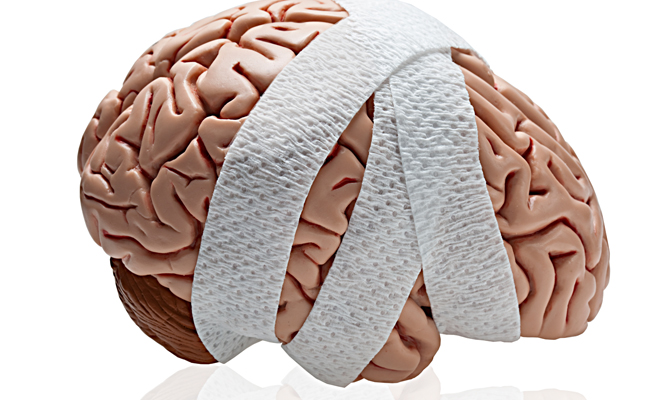Neurotrauma care is one of the cornerstones of the neurosurgical specialty. Although Harvey Cushing, MD, the father of modern neurosurgery, is best known for his legacy of over 2,000 brain tumor operations, he was the first to describe increased intracranial pressure (the clinical triad of hypertension, bradycardia and hypopnea associated with intracranial hypertension bears his name). Cushing developed some of the earliest surgical decompression techniques for increased intracranial pressure. He was also a deft trauma surgeon, having gained valuable experience treating soldiers during World War I. Wars have always served as a crucible for the advancement of trauma surgical techniques given the volume and acuity of injuries. Neurosurgery is no exception.
The Core of Neurosurgery
Although neurosurgery has advanced in its first century to treat a wide spectrum of diseases, neurotrauma is still at the core of what we as surgeons do. A look at the epidemiology of traumatic brain and spinal cord injuries shows that there is still much work to be done for both these disease processes. Rates of traumatic brain injury (TBI) have increased in recent years. Severe TBI and overall mortality rates may be down, but the overall trend for TBI is increasing. While many of these patients may not require surgical intervention, they do require the management and care of specialists who have expertise in traumatic injuries. Neurosurgeons are best qualified to manage this population. In spinal cord injury, the trend is similar – there has been an overall increase in these injuries. The patient population most affected in recent years is the elderly, who are often frail and in need of more intensive, expert care.
Rise to the Challenge
Despite these population trends, many neurosurgeons are hesitant to be involved in the care of traumatic injuries. There are a number of challenges at present. For one, there has been a move toward subspecialized management of patients, in particular critically ill patients. The rise of neurocritical care specialists has threatened to leave neurosurgeons out in the cold when neurotrauma patients require high acuity care. However, neurosurgeons receive ample neurocritical care training during their residency and must be assertive in advocating for their patients who need intensive care unit (ICU) care.
Another challenge for neurosurgeons is the increasing consolidation of medical care in this country. As health care undergoes increasing regionalization, neurosurgeons who practice in less populated areas may find themselves in a situation where their admitting hospital is not equipped to treat patients with traumatic injuries. In such a case, it is critical for neurosurgeons to be able to provide the basic care that will stabilize patients with critical injuries. They should also be active in forging relationships with nearby centers that have the manpower and equipment requisite to care for severely injured neurotrauma patients.
By contrast, neurosurgeons who live in more populous areas should be prepared to deal with large-scale disasters and multiple traumatic injuries. Headlines have been filled in recent years with mass casualty stories. Neurosurgeons should work with their hospitals to make sure systems are in place to activate personnel to receive and triage patients with alacrity and efficiency in these scenarios.
In the regulatory realm, neurosurgeons should be aware of the Emergency Medical Treatment and Labor Act (EMTALA). This act, passed in 1986, requires hospitals to deliver emergency medical care to patients, regardless of ability to pay. Since neurosurgeons deal in emergencies often, their emergency room call is often impacted by this law. Neurosurgeons should be mindful of their rights and responsibilities under EMTALA and should work with their institutions to ensure there are common-sense policies in place for emergency call.
Despite these challenges, neurotrauma is a core service that neurosurgeons provide for patients. For those neurosurgeons unsure whether they want to ‘be involved in trauma,’ our patients need this basic service. It is our duty to provide it, and we should answer this call. Consider the case of G. Michael Lemole, MD: One morning in January 2011, his Saturday was interrupted by a shocking call – the congresswoman from his district was shot in the head. Dr. Lemole answered the call, and his efforts helped Gabby Giffords eventually make a dramatic recovery from her gunshot wound. If, as neurosurgeons, we do not practice caring for traumatic injuries, we will have no skills to pass on to future neurosurgeons. Health care reform may threaten many aspects of elective neurosurgical practice, but traumatic brain and spinal cord injuries will always exist. Even injuries that do not require surgery still need the expertise of neurosurgeons. Furthermore, neurosurgeons can become leaders and advocates for injury prevention. Neurotrauma is a rich part of the specialty’s heritage, and, for the sake of our patients, it must be a vital part of our specialty’s future.








